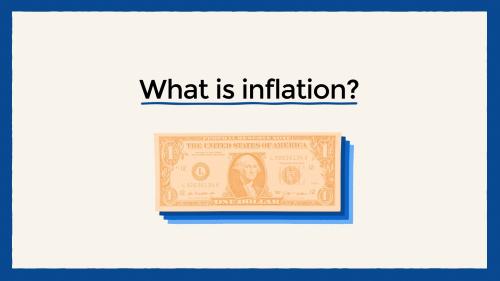Following the news that that John C. Williams, president of the Federal Reserve Bank of San Francisco, is set to lead the New York Fed, we took a look at the work Williams has contributed to Brookings over the years – from researching the Great Recession to debating interest rates. You can browse highlights from Williams’ contributions below.
An analysis of the Fed’s policies following the great recession
In 2014, Williams published a Hutchins Center report titled “Monetary Policy at the Zero Lower bound: Putting Theory into Practice”. In the report, Williams argued that the Fed should prepare for the possibility that interest rates will hit zero again sometime in the future. He also observed that while the depth and duration of the 2008 recession appear extraordinary compared to the U.S. economy’s postwar experience, a broader look at economic history around the world shows that such deep and long-lasting downturns aren’t all that rare.
Watch Brookings Senior Fellows David Wessel and Ted Gayer discuss Williams’ paper:
Lessons learned and challenges ahead for the Fed
During the Hutchins Center’s inaugural 2014 event, “Central banking after the Great Recession: Lessons learned and challenges ahead,” Williams shared the stage with former Fed Chairman Ben Bernanke and former Deputy Governor of the Bank of England Paul Tucker and presented his recent analysis of the great Recession and the path forward for the Fed. In Hutchins Center Director David Wessel’s summary of the event, Williams was said to have some of the “best lines of the day.”
Watch Williams present his research, with a response by Harvard University’s Martin Feldstein:
Measuring the natural rate of interest
In November 2015, Williams co-authored a second Hutchins Center report with Thomas Laubach, director of monetary affairs at the Federal Reserve Board, and presented the findings at an event co-hosted with the University of Chicago Booth School’s Initiative on Global Markets. Read Williams and Laubach’s paper, “Measuring the natural rate of interest redux,” here, and watch their presentation below:
Rethinking the Fed’s 2 percent inflation target
In January 2018, Williams joined a panel during the Hutchins Center event, “Should the Fed stick with the 2 percent inflation target or rethink it?” to discuss the advantages and disadvantages of price-level targeting—an idea that he noted “sounds radical … but really is a modest deviation from what we historically think of as inflation targeting.”
Watch the panel discussion titled “The options: Keep it, tweak it, or replace it”:
BPEA contributions over the years
In addition to his work with the Hutchins Center, Williams has also contributed to the Brookings Papers on Economic Activity (BPEA) several times. His first BPEA article, “Robust Monetary Policy Rules with Unknown Natural Rates” was co-authored with Athanasios Orphanides, then a senior advisor to the Federal Reserve Board , in 2002. And in 2009, Williams authored , “Heeding Daedalus: Optimal Inflation and the Zero Lower Bound,” that explored implications for monetary policy of hitting he zero lower bound on nominal interest rates.
Learn more about the Hutchins Center on Fiscal and Monetary Policy.
Hannah Daniel contributed to this post.



Commentary
As John C. Williams joins the New York Fed, a look at his contributions to Brookings
April 3, 2018